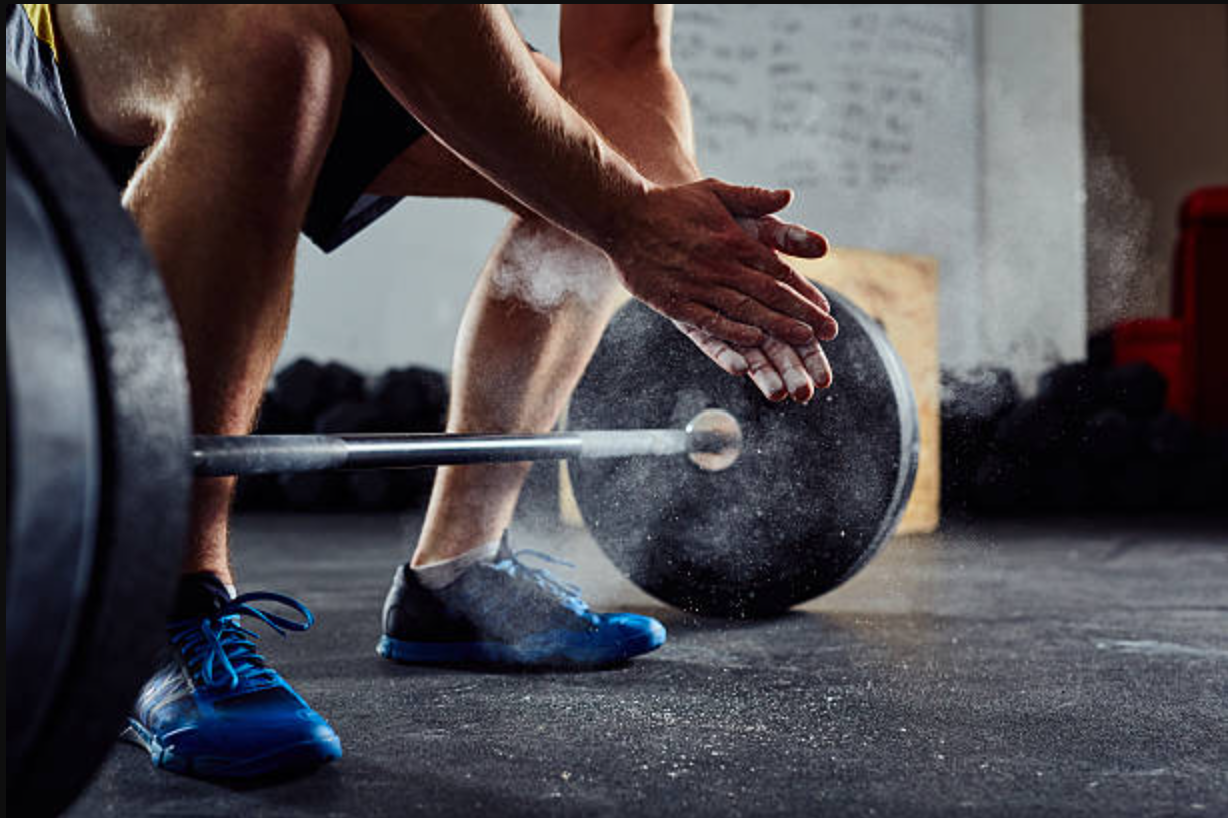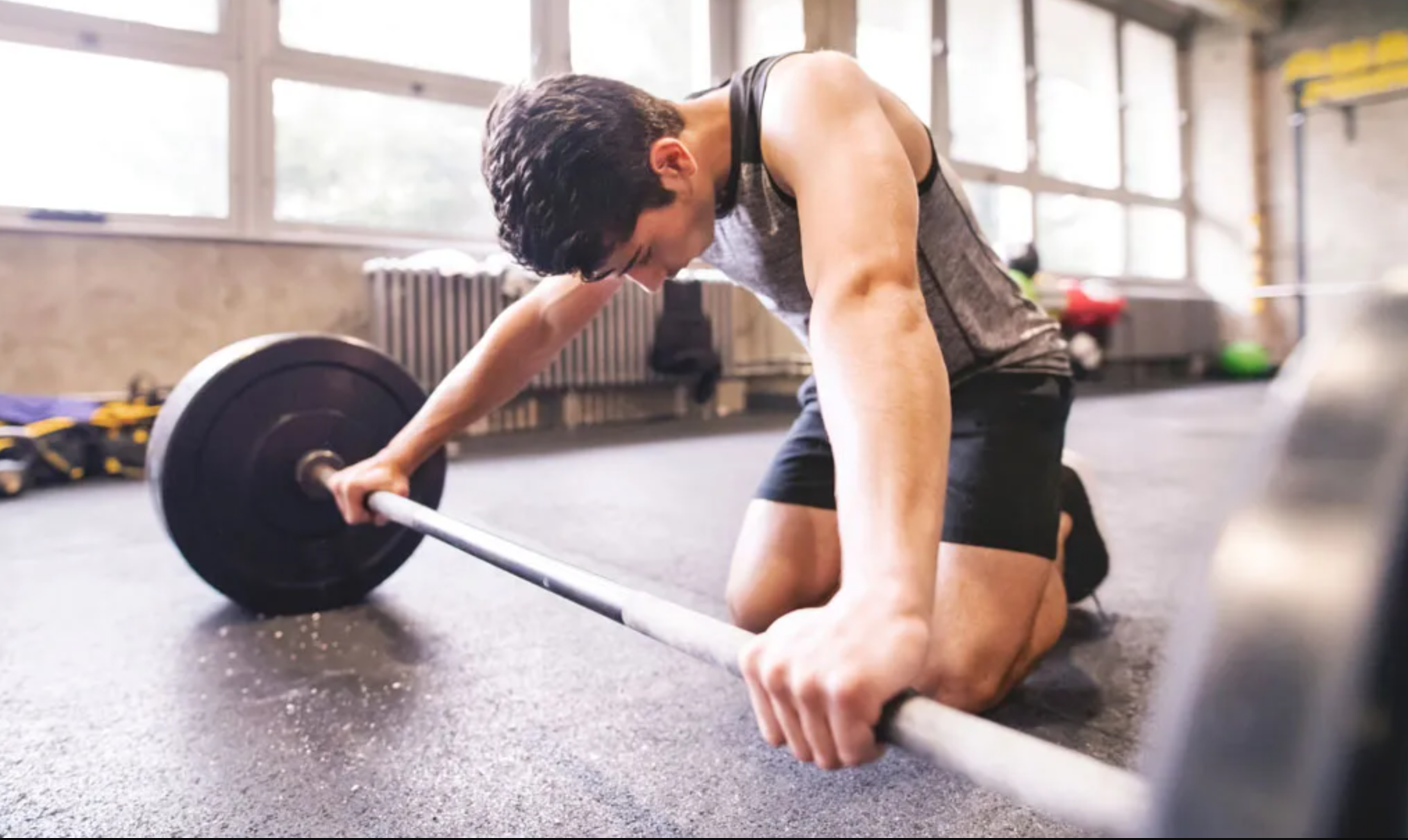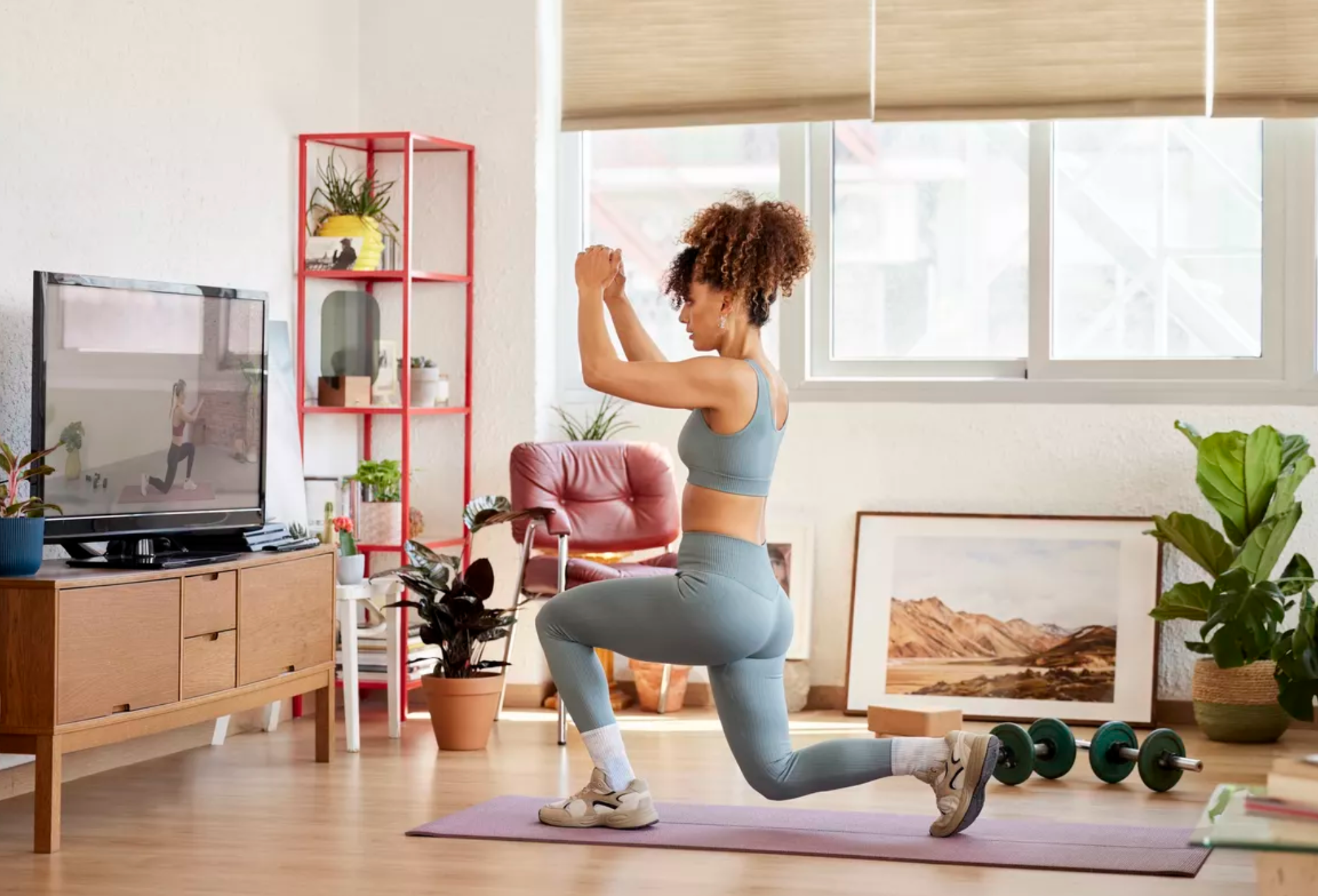
Your guide to Starting a Fitness Journey
Embarking on a fitness journey can feel overwhelming, especially if you’re just starting out. However, taking the first step is the most important part, and with the right mindset, tools, and guidance, you can achieve your health and fitness goals. Here’s a comprehensive beginner’s guide to help you get started:
1. Set Realistic Goals
One of the biggest mistakes beginners make is setting goals that are too ambitious or vague. Instead, start with clear, realistic objectives that align with your current fitness level and lifestyle. For example:
Lose 5 pounds in a month.
Walk 30 minutes a day, five days a week.
Complete 10 push-ups without stopping.
Having measurable goals helps you track your progress and stay motivated.
2. Choose the Right Workout for You
There’s no one-size-fits-all approach to fitness. The key is finding an activity you enjoy and can commit to regularly. Popular beginner-friendly options include:
Walking: A low-impact, accessible way to start moving.
Yoga: Improves flexibility, strength, and mental clarity.
Strength Training: Builds muscle and boosts metabolism.
Group Classes: Great for motivation and social interaction.
Home Workouts: Convenient and adaptable to your schedule.
Experiment with different activities to see what resonates with you.
3. Build a Routine
Consistency is the cornerstone of success. Create a routine that fits seamlessly into your daily life. Start small and gradually increase the frequency and intensity of your workouts. For example:
Week 1-2: 20 minutes of activity, 3 times a week.
Week 3-4: 30 minutes of activity, 4 times a week.
Set a specific time each day for your workouts to build a habit, whether it’s in the morning, during lunch breaks, or in the evening.
4. Prioritize Nutrition
Exercise is only one part of the equation. Proper nutrition fuels your workouts and supports recovery. As a beginner, focus on the basics:
Balance Your Plate: Include lean proteins, whole grains, healthy fats, and plenty of vegetables.
Stay Hydrated: Aim for at least 8 cups of water a day.
Avoid Processed Foods: Choose whole, unprocessed foods whenever possible.
Plan Ahead: Prepare meals in advance to avoid unhealthy choices.
Consider consulting a nutritionist for personalized advice if needed.
5. Warm Up and Cool Down
Never skip your warm-up or cool-down. These steps are crucial for preventing injuries and improving performance:
Warm-Up: Spend 5-10 minutes doing light cardio and dynamic stretches to increase blood flow and loosen up muscles.
Cool-Down: Perform static stretches and deep breathing exercises after your workout to relax your muscles and reduce soreness.
6. Stay Motivated
Starting is easy; staying consistent is the challenge. Here are some tips to keep you motivated:
Track Your Progress: Use a fitness app, journal, or photos to see how far you’ve come.
Reward Yourself: Treat yourself to new workout gear or a relaxing massage after reaching milestones.
Join a Community: Surround yourself with like-minded individuals for support and accountability.
Focus on the Positives: Celebrate small victories, like increased energy or better sleep.
7. Listen to Your Body
While it’s important to push yourself, avoid overdoing it. Pay attention to signs of fatigue or discomfort. Rest days are just as important as workout days to allow your body to recover and grow stronger.
8. Seek Professional Guidance
If you’re unsure where to start or want a personalized plan, consider working with a fitness coach or personal trainer. They can guide you through proper techniques, create tailored workouts, and keep you motivated





Leave a Reply